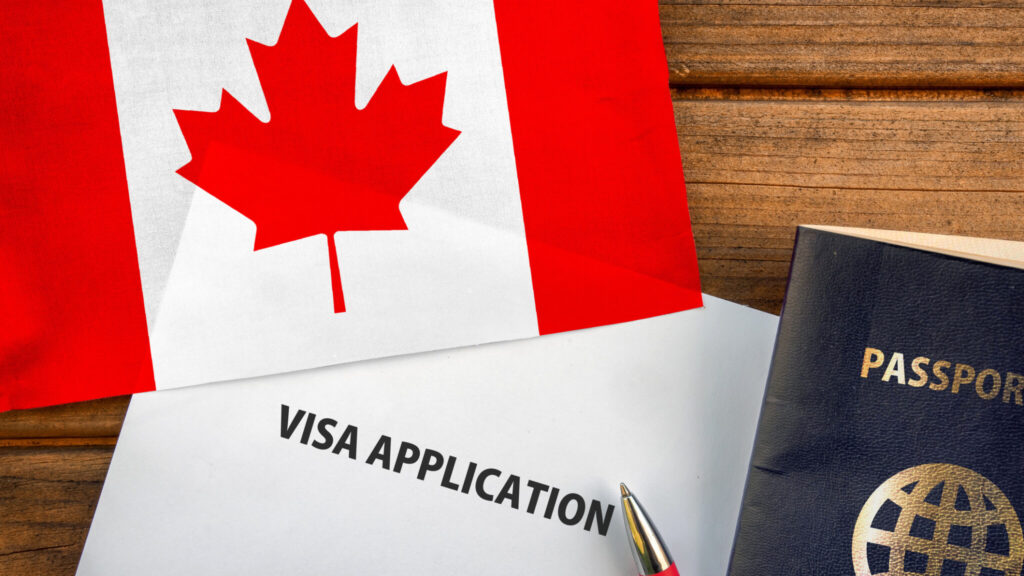Indians Benefit Most – Canada To Admit 500,000 Immigrants
TORONTO, (IANS) – Though Canada will admit 485,000 new immigrants in 2024 as in 2023, it plans to raise the numbers to 500,000 by 2025.
Unveiling immigration plans for 2024-26, Marc Miller, Minister of Immigration, Refugees and Citizenship, said on Wednesday that immigration levels will be capped at 500,000 from 2026.
As India is Canada’s biggest source of immigration and students, Indians will be the biggest beneficiary of these levels because they are going to get the lion’s share of a record 281,135 newcomers under the economic category and 114,000 under the family category.
Last year, over 118,000 Indians took up Canadian permanent residency (PR), accounting for a quarter of all 437,120 newcomers to Canada.
The new immigration targets will push up Canada’s population each year by 1.3 percent.
In fact, record immigration levels have helped the Canadian population cross the 40-million mark even as the country faces an acute housing shortage.
The Justin Trudeau-led government is sticking to high immigration levels despite opinion polls showing opposition to the plan because of the housing crunch.
“Canada will continue to welcome newcomers and ensure that they are supported in their new lives,” Miller added.
He, however, admitted that immigration levels were being capped at 500,000 because “we recognize that housing, infrastructure planning, and sustainable population growth need to be properly taken into account”.
“Through this plan, we are striking the appropriate balance to grow Canada’s economy,” the Minister added.
Canada, which admitted more than 46,500 refugees from over 80 countries last year, will welcome a record 76,115 new refugees in 2024.
Over 5.2 million applications from around the world for permanent residence, temporary residence and citizenship were processed last year.





Pradeep Srivastava
/
The following is what I glean from a CanadaVisa.com article, “Canada’s Immigration Levels Plan 2024-2026”, dated November 2, 2023:
Canada’s immigration goals are to strengthen the economy, reunite families, and help refugees.
Canada welcomes high levels of immigration to keep its economy strong.
Canada has one of the world’s oldest populations and also one of the world’s lowest birth rates. This creates economic and fiscal pressures. Canada has a low rate of natural population growth which results in low rates of labour force and economic growth. Low economic growth makes it difficult for Canada to raise the taxes it needs to support social spending on services such as education, health care, and other important areas that provide high living standards in the country.
As a result, Canada has been increasing its immigration levels since the late 1980s to increase its rate of population, labour force, and economic growth. Canada now depends on immigration for the majority of its population and labour force growth and a larger share of its economic growth.
Consider that Canada will have 9 million baby boomers reach the retirement age of 65 by the year 2030. This means that Canada will have fewer workers at a time when its social spending on health care will rise. To alleviate this challenge, Canada has been proactive by gradually raising its immigration targets for over 30 years now.
Canada has regularly welcomed over 200,000 immigrants per year since 1988. In recent years, it has decided to increase its levels to well over 400,000 per year. Canada’s immigration rate now stands at nearly 1.2 per cent. In other words, Canada welcomes three times more immigrants on a per capita basis than then the United States of America.
Based on its demographic realities and its immigration trends, it appears likely that Canada will continue to gradually increase its immigration levels over the foreseeable future. Immigration will remain critical to supporting a healthy economy and fiscal situation in the country.
Moreover, a strong argument can be made that immigration’s importance has increased due to the coronavirus pandemic. COVID-19 has weakened the Canadian economy in the short run and increased government spending on social services. In addition, Canada’s birth rate fell to its lowest level ever of 1.47 children per woman in 2019. Given the low birth rate prior to the pandemic, and the chance the pandemic will reduce the birth rate even further due to economic uncertainty, Canada will become even more dependent on immigration for its population growth in the coming years. If Canada’s birth rate remains low, then immigration will comprise an even larger share of labour force growth in the decades to come. Finally, Canada will need to strengthen its tax base through immigration to support government spending following COVID-19.
Economic immigration, which is a major driver of Canada’s economic growth, accounts for more than half of planned admissions through the multi-year levels plan.
November 3, 2023